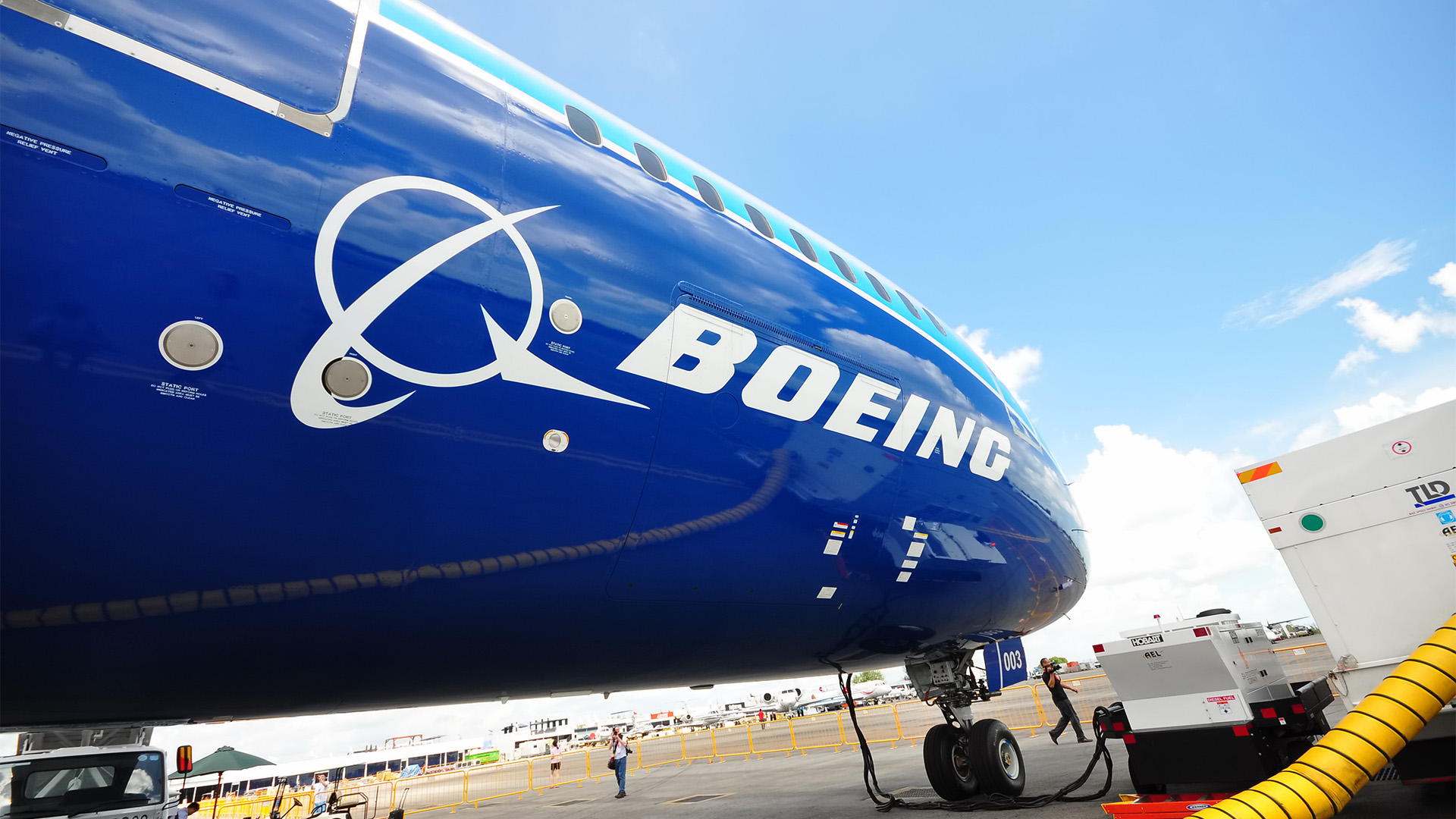Another sign that activity across the Chinese economy is looking sluggish to crunched as the latest outbreak of Covid hits confidence and drags the economy to its weakest state since the slump in the March quarter of 2020.
The Government organised monthly survey of activity in manufacturing and services, released on Tuesday saw yet another fall in August – down to a reading of 50.1 from 50.4 in July for manufacturing and a dip into contraction for the larger services sector.
The news pushed the Hong Kong and Shanghai stockmarkets into the red on Tuesday though the losses were trimmed towards the end of the session.
Economists said the flare up of Covid delta virus outbreaks for much of August was the major factor behind the sluggishness.
But higher material costs, and the growing campaign to reduce carbon emissions which is hitting industries like steelmaking, aluminium, copper refining and smelting and other processing businesses.
China’s National Bureau of Statistics said the pace of activity in the services or non-manufacturing sectors, slumped to 47.5, signalling a contraction for the first time since the initial virus cases in the March quarter of 2020.
China imposed strict controls including travel curbs, mass testing and quarantines, for about a month to bring a new wave of Covid cases under control, the most widespread outbreak since the initial flareup in 2020.
Confidence among smaller businesses in the month weakened and consumers cut back on spending. The partial closure of China’s second-biggest container port also disrupted trade and massed testing closed major cities, including Wuhan for a second time in 20 months.
Weaker demand weighed on manufacturing with the sub-index measuring new orders dropping below 50 for the first time since February 2020, signalling a fall in interest from buyers.
Some economists and analysts wonder if the continuing crackdown by the national government on tech companies and a growing number of service sectors across the economy, contributed to the surprise slump in the pace of activity in the huge non-manufacturing side of the economy.
Businesses like ride sharing, internet hosting, gaming, chat, after school tuition, computer chips, stockmarket investment, new company floats on stock exchanges and more were targeted.













